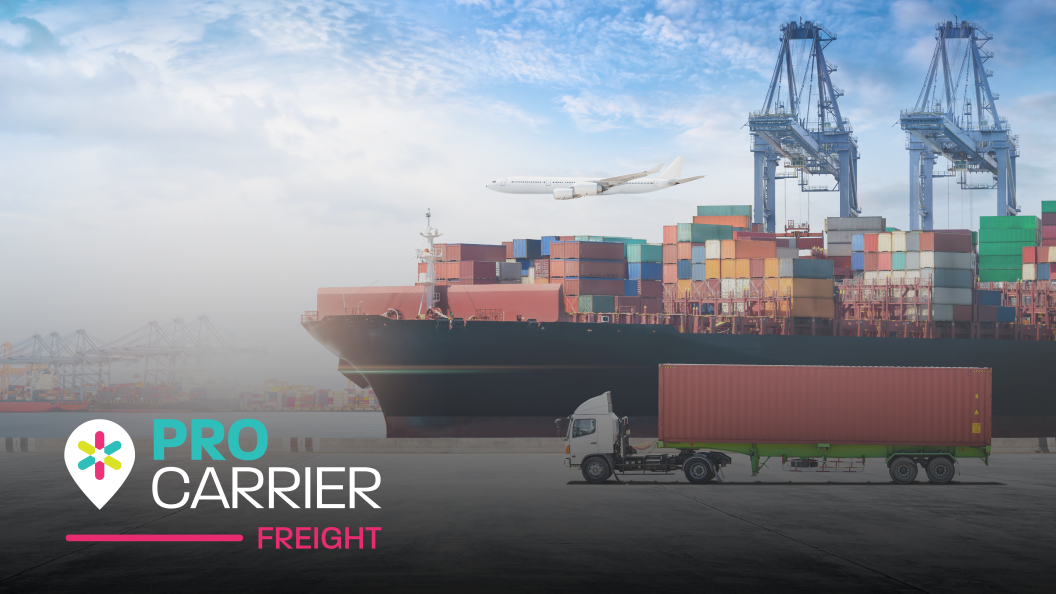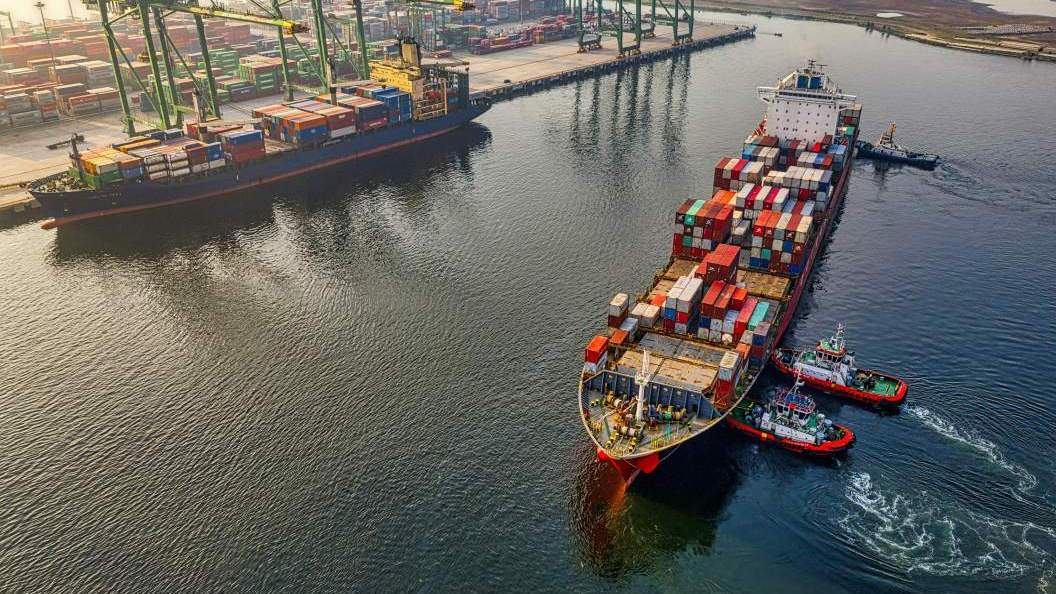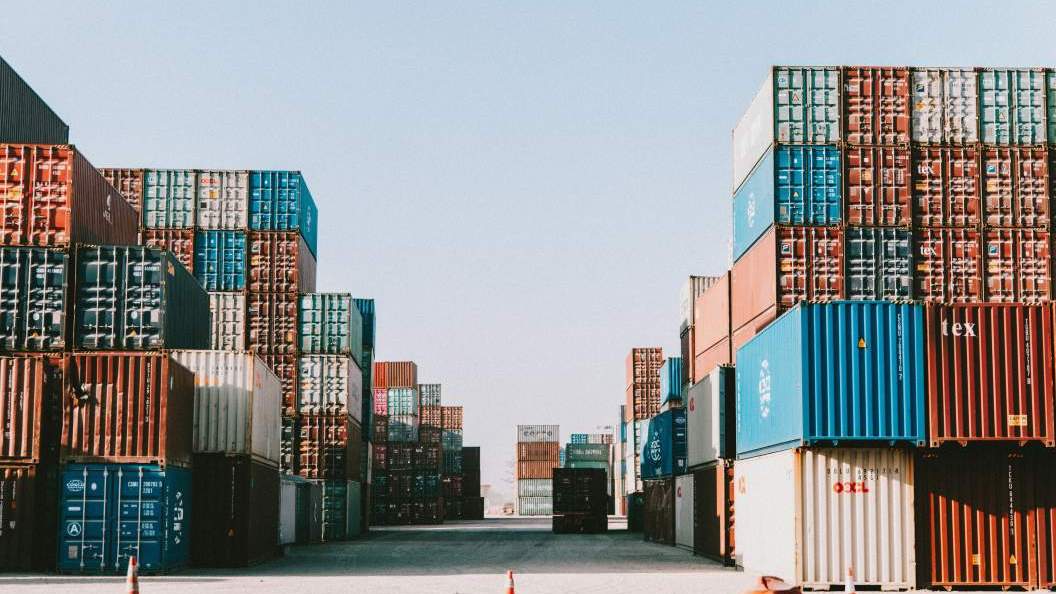Table of contents
Packaging Clothes for Shipping: A Guide for Cross-Border Retailers
Packaging is part of the product. Just ask anyone who has unboxed an iPhone or Macbook and they’ll tell you just how much it can add - or detract - from the customer experience.
It’s the same for clothing as it is for technology. It doesn’t matter if you’re a first-time seller on Etsy or a national retailer moving into international markets, properly packaging clothes for shipping matters.
As the international shipping partner of choice for some of the UK’s biggest apparel brands, we’re better placed than most to advise on how to pack clothes for shipping. In this guide, we’ll cover your options when it comes to packaging, the best way to fold your products, how to save on shipping costs and make sure your parcels are ready for your courier.
The Importance of Choosing the Right Packaging
Before you can start packaging clothes for shipping, you need to have something to put your products in. This is an important step, but it’s often disregarded by brands who don’t understand the importance of good packaging.
The truth is that the right packaging material can impact your brand’s long-term success and profitability. It can reduce shipping costs and decrease return rates by protecting your products. When branded appropriately, packaging can also add to the customer experience and boost brand awareness. We also have a blog covering How To Save Thousands on Packaging.
There are two main options to choose from: poly mailer bags and cardboard boxes. Which is best will depend on what you’re sending, how many products you’re sending and how you’re sending it.
Option 1: Poly Mailer Bags
If you’ve ever ordered clothes from ASOS (or any of Britain’s leading apparel retailers, for that matter), you’ll be familiar with plastic poly mailer shipping bags. These lightweight, waterproof and brandable bags are the most popular way to send apparel items.
The polymer material is reasonably strong, waterproof and unlikely to tear during transit, meaning your products are well protected. The bags are also lightweight and cheap, meaning you won’t spend a fortune buying product packaging or on associated shipping costs.
If you’re concerned that the bags may rip, you can add additional protection like bubble wrap or paper tissue sheets. Wrapping apparel products in plastic covering will protect them further.
Option 2: Cardboard Boxes
Cardboard boxes are the most common eCommerce packaging material. While they aren’t as popular a choice for sending apparel as polymer bags, many brands still use them to protect clothing products.
They are especially popular for sending subscription-based apparel products like socks, underwear, ties, etc. Shoes are also shipped in cardboard boxes, as are large orders of clothes.
Cardboard boxes will offer more protection than poly mailer bags, but they also cost more, both in terms of purchasing the packages and shipping costs.
The Best Way to Pack Clothes for Shipping
How you present clothes is a core part of the unboxing experience. Customers want to see neatly folded clothes that have been cared for, not a messy bundle of t-shirts and tops.
Neatly folding clothes as flatly is the best strategy. A simple way to fold tops is to:
- Fold any sleeves behind the back
- Fold the edges in
- Fold in half
Longer items like dresses and skirts can be folded in the same way with an additional fold at the end. Trousers and shorts should be folded in half lengthways with the zip inside and then folded in half again. Shorts don’t need the second fold.
Whatever you do, do not roll clothes. Marie Kondo may think that’s the best way to display clothes in your drawers, but it’s not the best way to display packaged apparel products. Rolling causes wrinkles and creases and looks messy in general.
Once clothes are folded, it’s best to wrap them individually, either using bubble wrap or tissue paper. This will reduce creasing and avoid damage during shipping.
Finally, choose a package size that minimises space. Any leftover space will collapse during transport and puts your package at greater risk of damage.
How to Save on Shipping Costs
There are several ways you can pack clothing to save on shipping costs.
The first is to reduce additional protection where possible. While you want to protect your products, any additional material will increase the weight and size of your packages. It’s why we recommend using something incredibly light like tissue paper if you want additional protection.
Next, ship as many items together as possible. If customers have ordered multiple products, try to ship as many in a single bag or parcel as possible. This will also improve the delivery experience for customers. After all, there’s nothing worse than having only half your order arrive.
Finally, use the right size packaging. Wasted space is wasted money, and it can also hamper the unboxing experience.
Get Your Parcels Ready for Sending
Once your apparel products are folded and packaged, the final thing you need to do is get them ready for your courier. This primarily involves affixing labels to each parcel. Exactly what you need to do will be governed by your chosen courier. Some will require multiple stickers depending on where you’re shipping products. This can quickly become an administrative nightmare.
Other couriers, like Pro Carrier, only require you to attach a single label. With our single-label solution, you only need one label regardless of where in the world your packages end up. We also offer Pro Carrier Plus which is our retail focused international shipping service lets you ship across borders with total confidence.
In either case, try to attach labels before packaging products. This will ensure the label is readable and stuck on well.
Wrapping Up
Packaging clothes for shipping isn’t complicated, but it’s worth ensuring your team gets it right. How you package and present your products can significantly impact the customer experience and your shipping costs.
For more information on reducing costs and improving service when shipping apparel across borders, speak to our team today.



